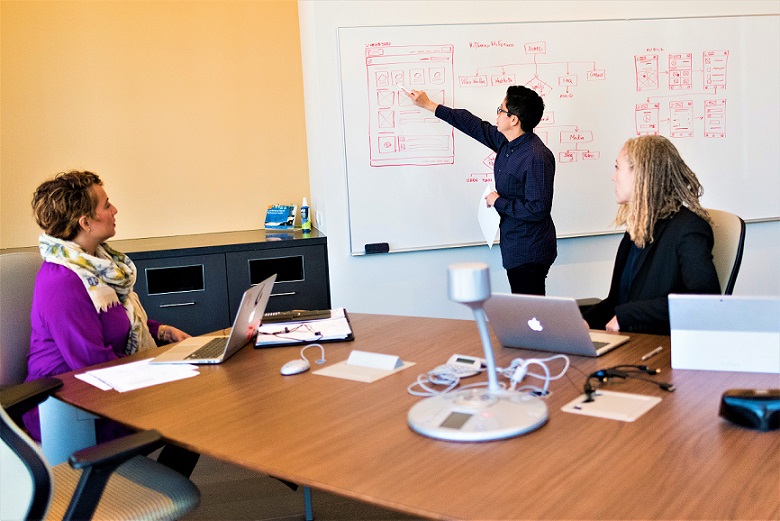
How to reduce Localization Engineering Time and Cost? To answer this question, I need to explain some definitions, clarify the problems, and then share a suggested solution.
Definitions
Localization Engineering
Localization Engineering is the process of preparing source files for translation using a CAT tool (Preliminary Engineering). And, after translation, convert the files back from the bilingual format to its original type (Final Engineering). As well as managing (creating and/ or updating) the Clients’ Translation Memories.
Localization Engineer
Preferably, a person with a technical background who is able to deal with complex files: Web, Mobile, or Desktop apps. Also, he or she should have extensive experience in the Internationalization (i18n) and Localization (l10n) methodologies. As well as being an expert in using and customizing Translation CAT tools like Trados, MemoQ, and others. Also, he/she must be able to manage the Translation Memories (TMs).
The Successful Localization Engineer
A successful localization engineer should be a person with a great technical eye for details. This is to identify file structure and create a pattern to automate the engineering process. This will dramatically reduce the manual effort, engineering time, and obviously the cost. This will enhance the quality of the overall localization service and increase customer satisfaction.
The Need for an Agile localization Engineering process
We all know that the manual process is a nightmare and error-prone that negatively affects the localization workflow. Can you imagine preparing huge numbers of files manually?! How much content will be, by mistake, protected or unprotected? You may not be able to discover these errors until after the translation or during the QA phase. As a result, you will need extra rounds of preparation, translation, and QA. Final Result: Low or no profit, missing deadlines, and credibility damage. A smart and successful localization engineer can prevent such issues.
The Solution
A Localization Engineer deals daily with several and different types of files. Word, Excel, CSV, PowerPoint, InDesign XLIFF, XML, JS, Properties, RTF, HTML, etc…. Each of these types of files may also have their own variation. This is based on the clients’ customization. A successful Head of Localization Engineering should create, update, test, and share expertise about the localization engineering patterns.
What does Localization Engineering Patterns mean?
Simply, it is a logic to be developed, only one time. To automate the process of file preparation. As explained in my previous article. To automate the localization engineering, we can create a pattern using a CAT tool. Or create it from scratch. The usability of the pattern should be tested and documented for other engineers to use in the future. Following this approach can be a little time-consuming at the beginning. But, this approach will have huge benefits.
Using CAT tools to generate Patterns
Nowadays, almost all Translation CAT Tools are shipped with predefined settings for different types of files. This is a great help but, unfortunately, we always need to extend the default settings. Why? For example, an XLIFF file has a standard structure. But the difference between two XLIFF files can be: HTML tags included or no, Encoding, etc… The CAT Tool settings handle the default structure of a file type. The engineer extends these settings to customize the pattern. That’s why the following skills are a huge added value in Localization Engineering. Regular Expressions, Wildcards, and XPath.
To conclude,
Using automated processes to manage Localization Engineering is very useful for the overall localization workflow of a project. It saves a lot of time, reduces cost, enhances the localization quality, and increases the company’s profit and customer satisfaction.
Feel free to leave a comment or Contact Me for an open discussion!
